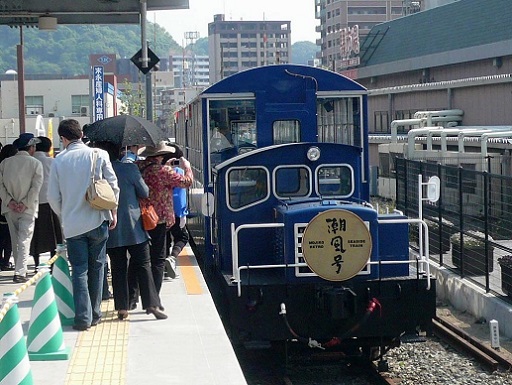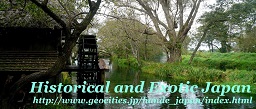|
Port Moji Historical District, "Mojiko Retro"
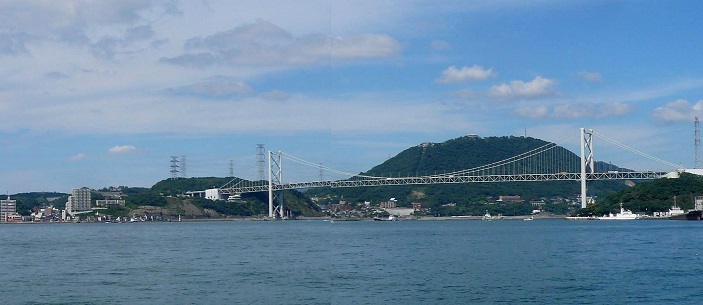
Moji is located to the north end of Kyushu Island, facing to "Honshu", the Main Island of Japan, across the Kanmon Strait. This area became the center stage of the history of Japan twice. The first time was in 1185. The battle of Dannoura happened at the Kanmon Strait. This battle was one of epoch-making events in Japan. As the results of the battle, the aristocracy finished and the Kamakura Age (1185 - 1333) , which is the era of the feudal government started. |
Click Here for the Detail Explanations
|
Detail explanations of the History at the end of the twelfth century The end of twelfth century was at the end of the Heian Age (794 - 1185) . During the Heian Age, nobel people in Kyoto had political power and they practically governed Japan. However, these novel people assigned local clans to collect taxes from local areas, while they enjoyed their elegant and luxurious life in Kyoto. This behavior enabled local clans had powers, and these local clans became "Bushi", the officially appointed military groups. The TAIRA Clan, "Heishi" and the MINAMOTO Clan, "Genji", were high class "Bushi". Their ancestors were said ancient Emperors. At the end of the Heian Age, "Heishi" and "Genji" became the leaders of "Bushi".TAIRA-no Kiyomori (1118 - 1181) became the Grand Minister in 1167. He married off his daughter, TAIRA-no Tokuko, to the Emperor TAKAKURA (1161 - 1181) and established the era in which "Only the members of the TAIRA Clan should be considered legitimate human beings".Although TAIRA-no Kinomori created a governmental administration, he just behaved as a novel people and his politics were corrupted. Other "Bushi" clans disappointed with him. In 1180, "Genji" and other "Bushi" raise the standard of revolt against TAIRA-no Kiyomori and "Heishi". The battels between "Heishi" and "Genji" continuously happened from east side of Japan to the west. The battle of Dannoura happened at the Kanmon Strait was the last battle between them. "Heishi" destroyed or fell by the battle. MINAMOTO-no Yoritomo (1147 - 1199) , who was the leader of "Genji" began his government in 1185. Thus, the Kamakura Age started. |
|
If you walk to the north from Mojiko Station, you will see the Kanmon Strait and the Port Moji. Please refer the page of "Mojiko Station" for more detail: http://handejapan19.html.xdomain.jp/TravelDestinations/Kyushu/MojikoSt_E.html |
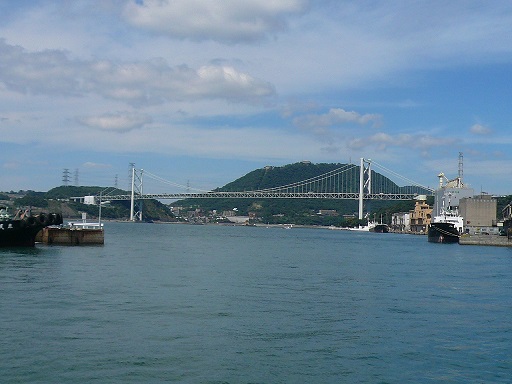 >
>
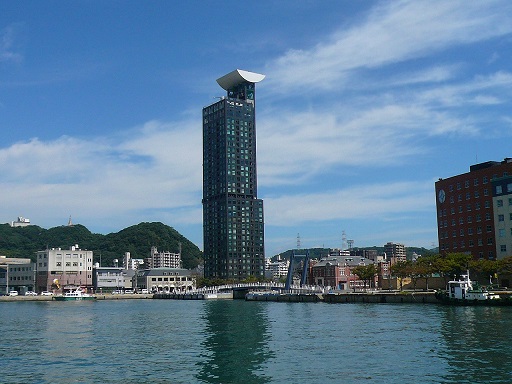 >
>
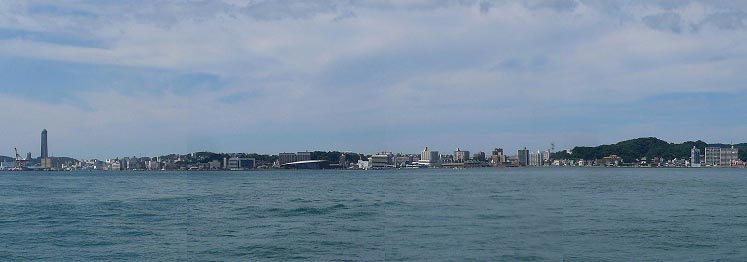
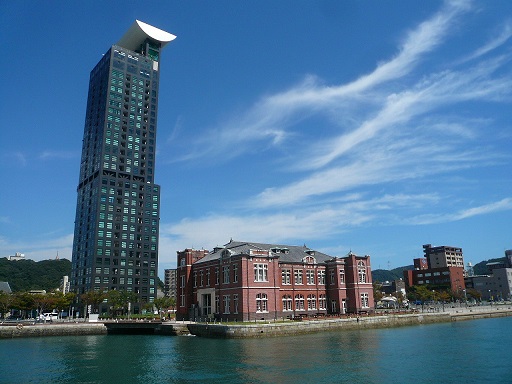 >
>
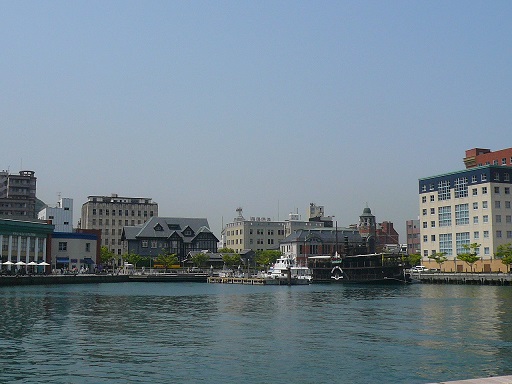 >
>
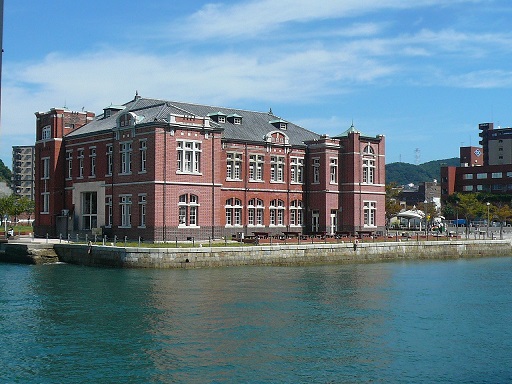
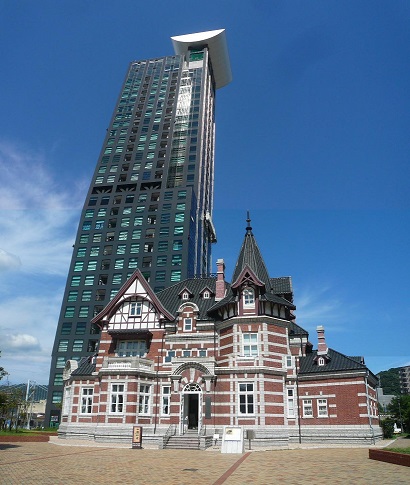
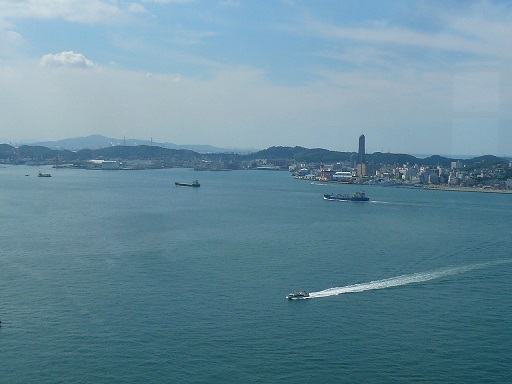 >
>
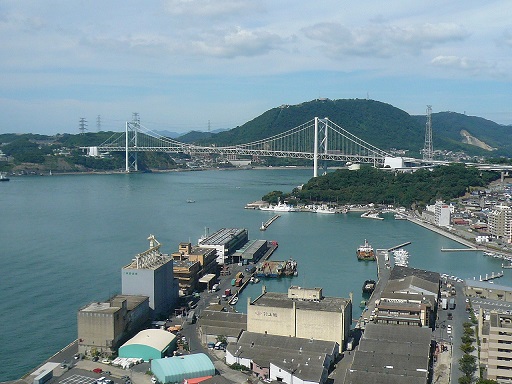 >
>

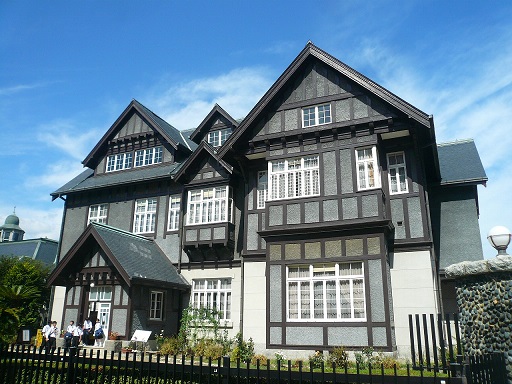 >
>
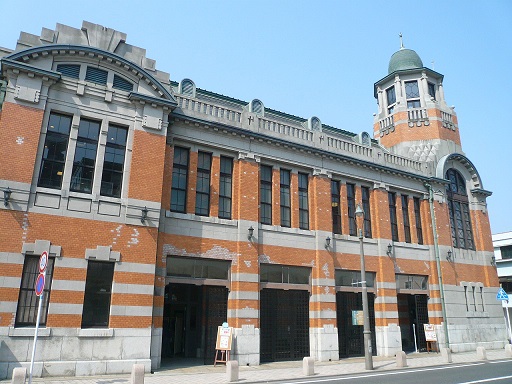 >
>
